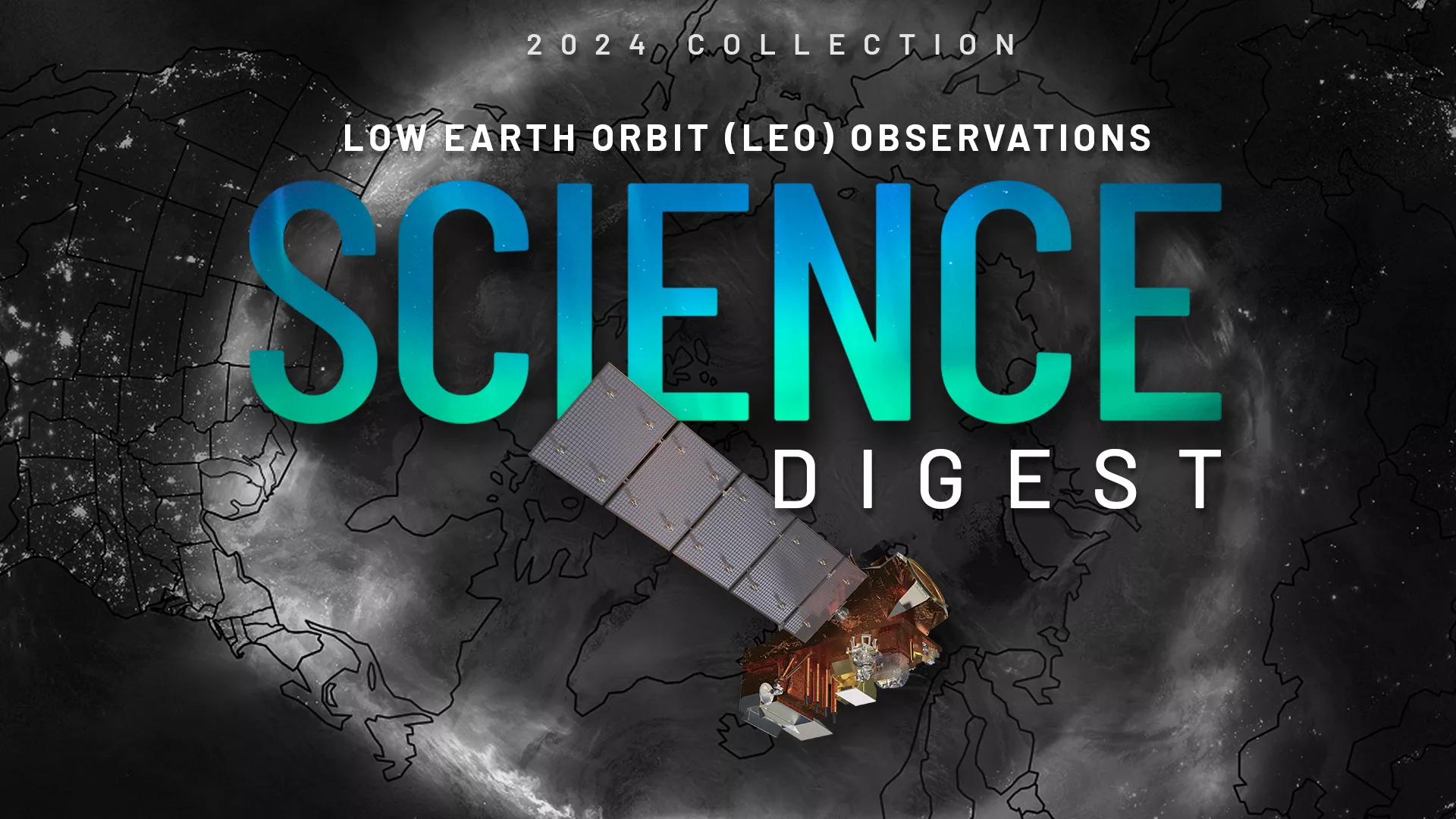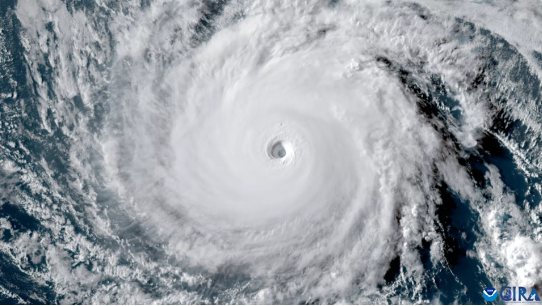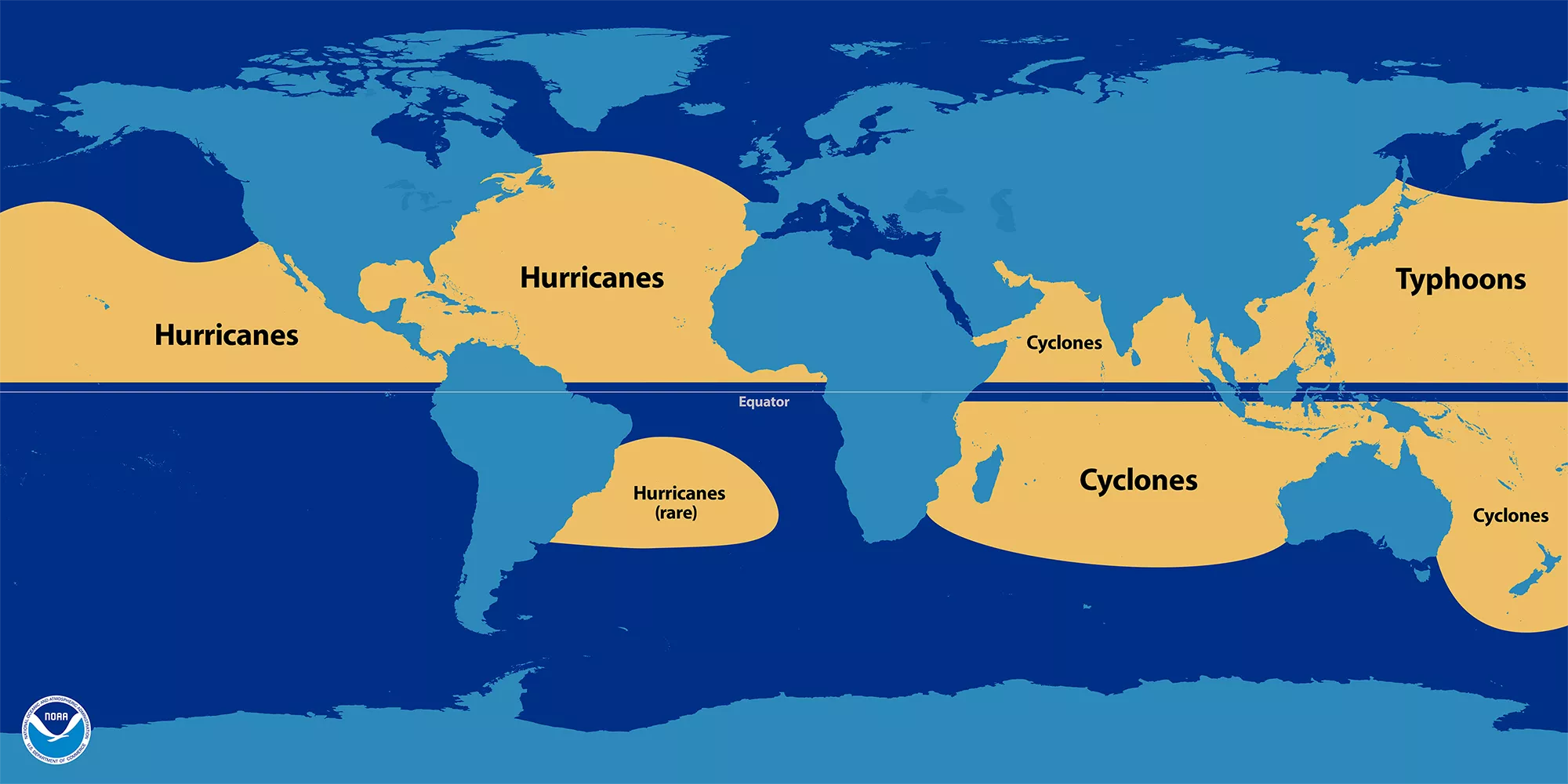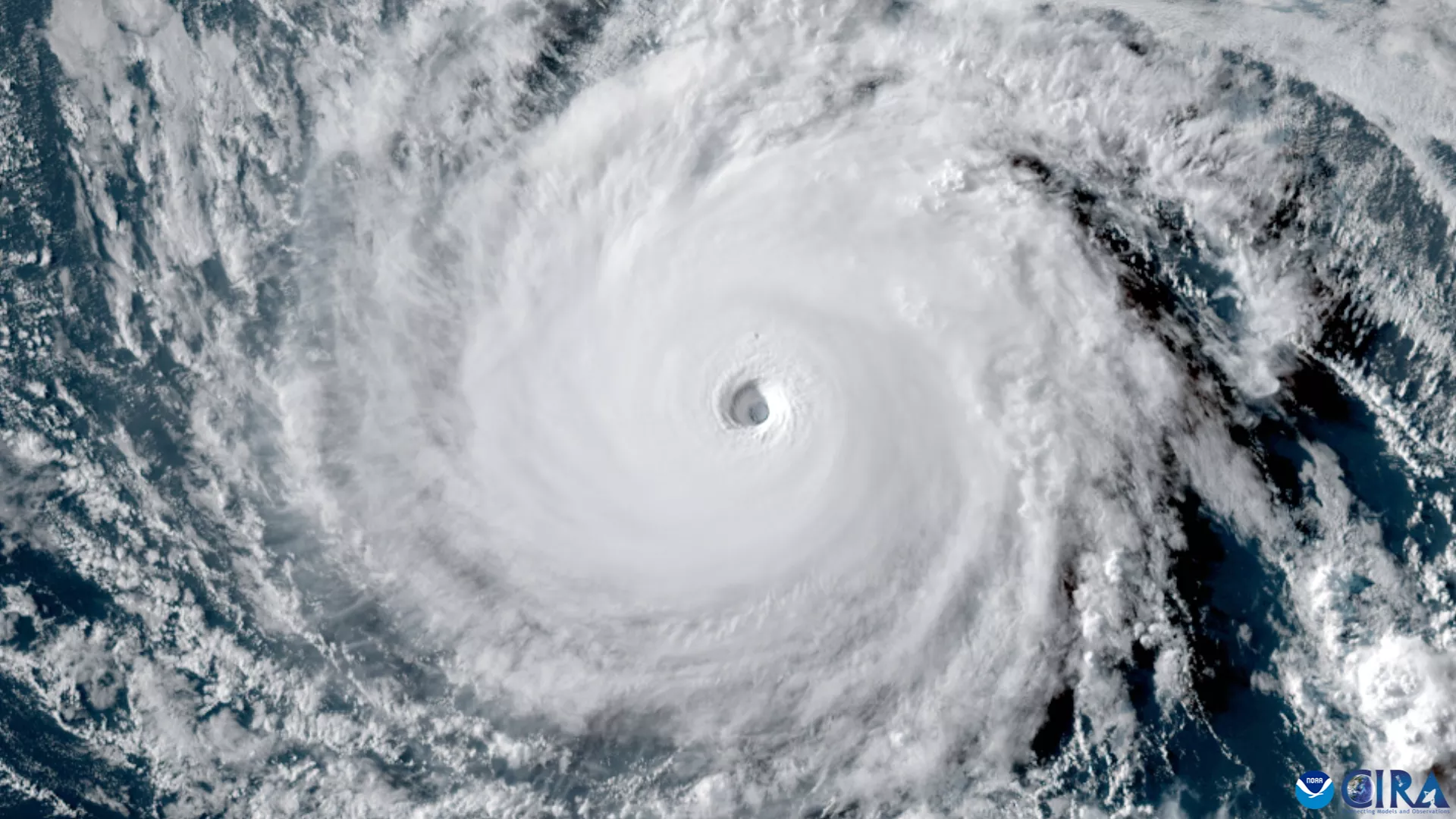## Same Storm, Different Name: Unmasking the Weather Whirlwinds
Imagine a monstrous wall of clouds, churning with the fury of a thousand engines, its eye a chilling void at its heart. This is no fictional monster, but a real-life force of nature: a hurricane, cyclone, or typhoon. These swirling behemoths, capable of unleashing unimaginable devastation, share the same basic anatomy but wear different labels depending on where they brew.

Mediterranean Mysteries: The Rise of “Medicanes”
A New Threat in the Mediterranean

While the Atlantic and Pacific oceans are synonymous with hurricanes and typhoons, a different kind of tropical cyclone is emerging in the Mediterranean Sea. These storms, known as “medicanes,” are a relatively recent phenomenon, gaining prominence in recent decades. Although they share the characteristics of their tropical counterparts – swirling winds, heavy rainfall, and potential for significant damage – medicanes form under unique atmospheric conditions.
Unlike traditional cyclones that thrive on warm ocean waters, medicanes are often fueled by the relatively warm waters of the Mediterranean Sea in late summer and fall. The combination of warm water, a favorable atmospheric pressure gradient, and the presence of a pre-existing weather disturbance can create the perfect breeding ground for a medicane.
The potential impact of medicanes on the Mediterranean region is significant. Coastal areas are particularly vulnerable to storm surge, flooding, and high winds. As climate change continues to alter global weather patterns, the frequency and intensity of medicanes are expected to increase, posing a growing threat to coastal communities and infrastructure.

Cyclones: A Greek-Inspired Term
Circularity Defined: The Etymology of “Cyclone” and its Early Usage
“Cyclone” has its roots in ancient Greek, derived from the words κύκλος (kúklos) meaning “circle” or “wheel” and κυκλόω (kuklóō) meaning “to go around in a circle, form a circle, encircle.” This etymology reflects the characteristic swirling motion of these storms.
However, the term “cyclone” initially encompassed any system characterized by circular motion, including tornadoes and whirlpools. It wasn’t until the 19th century that it became specifically associated with tropical storms.

Piddington’s Legacy: How a Meteorologist Shaped the Terminology in the East
In the 16th to 18th centuries, the British East India Company’s sailors encountered powerful storms in the Indian Ocean and the South Pacific. Around 1840, Henry Piddington, a meteorologist and East India Company official, formally adopted the term “cyclone” to describe these storms in the eastern hemisphere. This decision was influenced by the academic tradition of naming things in Greek or Latin, solidifying the term’s use in this region.
Global Naming Conventions: Why “Cyclone” Dominates in Some Regions
Today, the term “cyclone” remains the preferred designation for tropical storms in the Indian Ocean, South Pacific, and Southeast Asia. This reflects the historical influence of Piddington’s work and the prevailing naming conventions established by meteorological organizations in these regions.
Typhoons: A Tangled Web of Influences
Exploring the Etymology: The Greek, Persian, Portuguese, and Chinese Connections
The term “typhoon” has a more complex and multifaceted etymology, with potential roots in several languages and cultures.
One theory suggests a connection to the Greek mythological figure Τυφῶν (Typhôn), a powerful and fearsome monster associated with winds and storms. This Greek influence may have spread through European maritime trade routes and encounters with other cultures.
Another possible origin lies in the Persian word tūfīdan, meaning “to roar or blow furiously.” This connection could stem from Persian sailors’ encounters with powerful storms in the Indian Ocean and their subsequent descriptions of these phenomena.
Portuguese sailors also played a role in shaping the term “typhoon.” They adopted the word tufão, which has roots in both Urdu and Hindi—tūfān—and may ultimately be derived from an even older Chinese word, tai fung, meaning “great wind.”
The Power of Language: How Sailor’s Encounters Shaped the Name
The evolution of the term “typhoon” highlights the crucial role of language and cultural exchange in shaping our understanding of the natural world. As sailors from different cultures traversed the seas, they encountered powerful storms and shared descriptions, leading to the blending and adaptation of terms across languages.
Regional Variations: Understanding the Nuances of “Taifū” and “Dà Fēng”
The term “typhoon” itself is a Western interpretation of a complex linguistic history. In modern Mandarin Chinese, the term for a typhoon is dà fēng (大风), literally meaning “great wind.” In Japanese, it is taifū (台風), which also signifies a “great wind.” These variations reflect the influence of local languages and cultural perspectives on naming these powerful phenomena.
Conclusion
So, there you have it – a whirlwind tour of the world’s most powerful storms. From the serene waters that birth these behemoths to the swirling chaos they unleash, understanding the nuances of hurricanes, cyclones, and typhoons is more than just a weather trivia exercise. It’s about recognizing the power of nature, the importance of accurate forecasting, and the vital role we play in mitigating their devastating impacts. As climate change continues to reshape our planet, understanding these storms will become increasingly crucial. Stronger, more frequent storms threaten coastal communities and ecosystems worldwide. This knowledge empowers us to prepare, adapt, and build resilience against the increasingly unpredictable forces of nature. The next time you see a swirling mass on the weather map, remember: it’s not just a name. It’s a call to action, a reminder of our shared responsibility to protect ourselves and our planet from the fury of these magnificent, yet formidable, forces.
